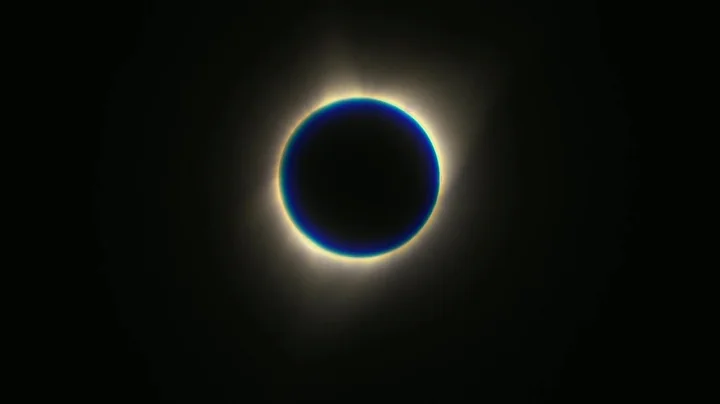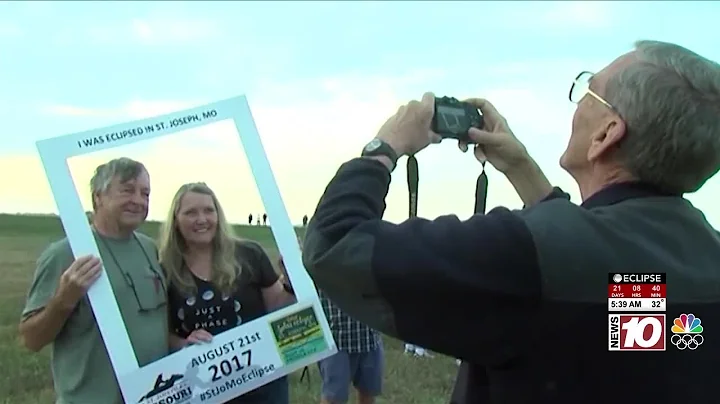Beware *Only for medical professionals to read and reference

For children who are picky eaters and partial eclipses, if they have skin lesions similar to sunburn, they need to be wary of " pellagra ".
Everyone knows that partial eclipse is bad for health. Keith E Williams and others from Pennsylvania State University School of Medicine reported a case of skin problems caused by a partial eclipse. This case was previously misdiagnosed as cellulitis, and was finally diagnosed through medical history and relevant laboratory tests.
01 Boy got a "weird" rash because he doesn't eat these things!
This is a 10-year-old boy with autism .
Initially, a vesicular rash was found on the child's forearm, neck and instep and was misdiagnosed as " cellulitis". There was slight improvement after application of cephalexin and topical bacitracin. The rash recurred after swimming outdoors over the weekend.
The above-mentioned rash is distributed in the exposed parts, with clear boundaries from the non-exposed parts. It mainly manifests as purple-red patches, plaques and erosion, and desquamation on the hands and forearms (Figure 1). A brown patch with desquamation clearly demarcated from the T-shirt appeared on the back of the neck (Figure 2).

Figure 1 Skin lesions on hands and arms [1]

Figure 2 Skin lesions on neck [1]
The child had fever, but had no other symptoms of systemic infection, and denied diarrhea and abnormal bowel movements. Due to cognitive impairment, it was not possible to assess the pain level of the rash.
During the consultation process, it was discovered that the child's diet was limited. The main types of intake included apples, popcorn, potato chips, cheese puffs and chocolate milk. generally does not eat meat, eggs or cereals .
Based on the history of partial eclipse, the doctor was alerted that the skin symptoms may be related to and vitamin deficiency.
laboratory examination finally confirmed that the child's niacin level was 20 ng/ml, nicotinamide level was 20 ng/ml (due to the huge difference in serum levels, there is no standardized reference range).
The patient was finally diagnosed with "pellagra" (pellagra)
and was given 50 mg of multivitamin and nicotinamide for treatment, 3 times a day. The skin improved significantly after 1 week of treatment, with only post-inflammatory pigmentation remaining.
forced the children to change their diet structure, increase their intake of grains, drink vitamin-rich juices, and give them a diversified diet. One month later, the child's skin problems completely disappeared.
02 Although pellagra is rare, we still need to be vigilant!
pellagra also known as niacin deficiency . Lack of niacin in the diet, malabsorption, liver disease (leading to insufficient utilization of niacin by the body), infectious diseases (increased demand), etc., lead to a decrease in niacin in the human body, causing tryptophan metabolism disorders, and ultimately causing many pathophysiological processes .
Vitamin PP includes niacin and nicotinamide. Niacin can be converted into biologically active nicotinamide in the body, which is an important structure of coenzyme I and coenzyme II. These enzymes play the role of hydrogen transfer in biological oxidation, and the intermediate metabolism of proteins, fats, carbohydrates all require the participation of dehydrogenation coenzymes.
Pellagra was first described in Spain in 1735 by Gaspar Casal, who observed a rash on the necks of Austrian farmers and thought it was caused by poor diet and sun exposure.
Pellagra was originally common in Europe, the United States and other parts of the world because corn was the main crop at that time, the diet was monotonous, and the lack of niacin in food sources was the main cause of pellagra. Animal foods such as beef and fish, plant foods such as peanuts, peas, brown rice and wheat contain large amounts of niacin.
Between 1906 and 1940, "pellagra" broke out in the United States, killing more than 100,000 people. Later, the content of niacin in cereals was improved, and the incidence of pellagra continued to decrease.
The clinical manifestations of pellagra are usually defined by the four D's: Dermatitis, Diarrhea, Dementia and Death.
Niacin deficiency causes more damage to the human body, and the skin, digestive system, nervous system can all be affected. Skin damage mostly occurs after exposure to the sun, and the color and distribution are similar to sunburns. That is, bright red or purple spots appear on the exposed parts, and then become dark red or accompanied by pigmentation and scaling. In severe cases, bullae may appear.
In addition, varying degrees of diarrhea, angular stomatitis , loss of appetite, indigestion and other symptoms may occur. In severe cases, mental disorders, peripheral neuritis , and dementia may occur. Some children die due to severe diarrhea, peripheral circulatory or systemic failure.
In the absence of poverty, war, famine and other conditions that can lead to malnutrition, pellagra is rare. It has been reported in anorexia nervosa, alcoholism, severe malabsorption, and carcinoid syndrome.
In the past 20 years, only 6 pediatric cases have been reported, 4 of which were due to malnutrition and 2 were secondary to other diseases. It has been reported that an 11-year-old girl suffered from pellagra because she refused to eat grains, meat and vegetables, which was similar to the child in this case.
In short, pellagra is currently rare, and a diversified diet can effectively prevent the disease. For children who are picky eaters and have partial eclipses, if they develop skin lesions similar to sunburn, they need to be alert to this disease.
Reference:
[1] Zaenglein A, Martin A, Carlson L, Williams KE. Pellagra secondary to selective eating in a child with autism. Pediatr Dermatol. 2020;00:1–3
[2] Mariani-Constantini R, Mariani-Constantini A. An outline of the his- tory of pellagra in Italy. J Anthropol Sci. 2007;85:163-171.
[3] Hegyi J, Schwartz RA, Hegyi V. Pellagra: dermatitis, dementia, and diarrhea . Int J Dermatol. 2004;43:1-5.
[4] Clay K, Schmick E, Troesken W. The rise and fall of pellagra in the American South. J Econ Hist. 2017;79:32-62.
Whatever you want to see, Doctor Station App has it 👇
1. Scan the QR code below
2. Click " download now "


download Doctor Station App, subscribe anytime and anywhere ~
This article was first published: Skin in the Medical World Channel
Author of this article: Lu Hongmei
Responsible editor: Wen
Copyright statement
Reprinting of this article is welcome to forward to your circle of friends
- End -
The medical community strives to make its published content accurate and reliable when it is reviewed and approved, but it does not guarantee the timeliness of the published content, and We make no commitments or guarantees as to the accuracy and completeness of the quoted information (if any), and we do not assume any responsibility arising from the fact that the content is out of date or the quoted information may be inaccurate or incomplete. Relevant parties are requested to check separately when adopting or using it as a basis for decision-making.























